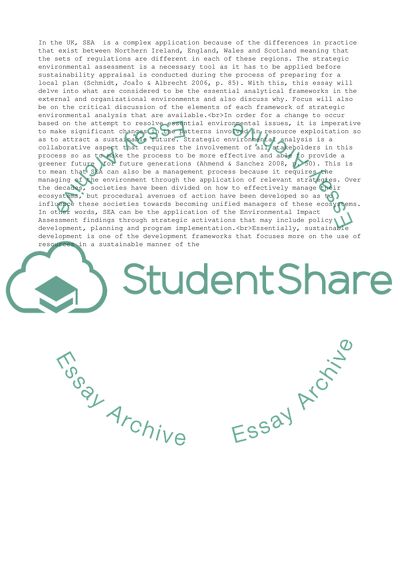Cite this document
(Strategic Management Essay Example | Topics and Well Written Essays - 1750 words - 6, n.d.)
Strategic Management Essay Example | Topics and Well Written Essays - 1750 words - 6. https://studentshare.org/management/1865740-strategic-management
Strategic Management Essay Example | Topics and Well Written Essays - 1750 words - 6. https://studentshare.org/management/1865740-strategic-management
(Strategic Management Essay Example | Topics and Well Written Essays - 1750 Words - 6)
Strategic Management Essay Example | Topics and Well Written Essays - 1750 Words - 6. https://studentshare.org/management/1865740-strategic-management.
Strategic Management Essay Example | Topics and Well Written Essays - 1750 Words - 6. https://studentshare.org/management/1865740-strategic-management.
“Strategic Management Essay Example | Topics and Well Written Essays - 1750 Words - 6”. https://studentshare.org/management/1865740-strategic-management.


